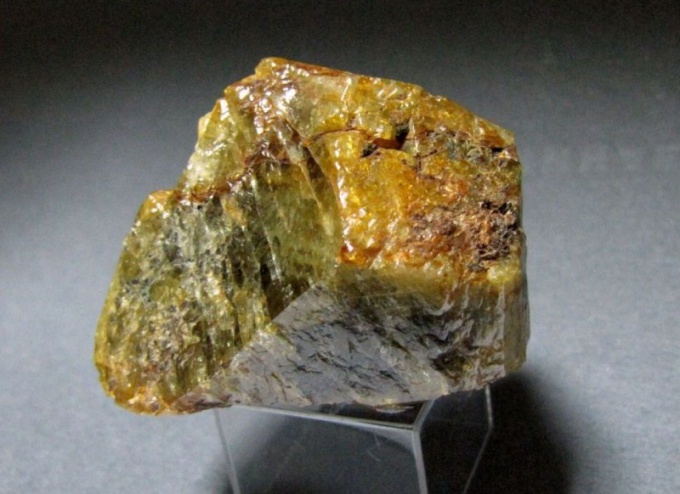The group of non-ferrous metals are so named in contrast to the other major group, which consists of ferrous metals.
Ferrous metals in metals are called metals and alloys, created on the basis of iron. Thus, the category includes all other non-ferrous metals and alloys in which no iron. In this regard, in the English language literature to refer to this category of substances is made a General name "non-ferrous metals". In Russian language this term can be translated as "nonferrous metals".
Applications of non-ferrous metals in various branches of economy and the economy is very diverse. So, one of the leading trends is the use of non-ferrous metals for the production of alloys, and also as additives used in the process of alloying. In this case, the doping is the procedure of introducing into the composition of an alloy with special additives that improve its properties, for example, giving it plasticity, the temperature of melting or otherwise affecting its physical or chemical parameters.
In addition, non-ferrous metals are used in powder or protective coatings in the manufacture of machinery and equipment in various industries, including engineering, radio engineering, electronics, instrumentation and others. In addition, this type of material is used in the creation of individual items of machinery and equipment, for example, in semiconductor manufacturing.
Because the non-ferrous metals category includes a large variety of substances, differing greatly in their physical, chemical and other properties, they are often divided into groups of components which have greater uniformity in this respect.
So, for example, nonferrous metals are subdivided into light and heavy, i.e. those that have a low and high density respectively. To the group of light metals commonly include lithium, sodium, magnesium, aluminium, potassium, titanium and some other substances, to the group of heavy copper, Nickel, lead, zinc and others.
The third group of non-ferrous metals - the so-called noble metals, which are used for investment purposes and in the manufacture of jewelry. These include gold, silver, platinum and some metals included in the platinum group. In addition, a distinguished group of rare earth metals, including scandium, yttrium, lanthanum and its derivatives; the group of radioactive metals, which includes 25 substances, including technetium, polonium and others; a group of trace metals that occur mainly in the form of impurities, and the group of refractory metals which melt at temperatures above 1600°C.
Non-ferrous metals
Ferrous metals in metals are called metals and alloys, created on the basis of iron. Thus, the category includes all other non-ferrous metals and alloys in which no iron. In this regard, in the English language literature to refer to this category of substances is made a General name "non-ferrous metals". In Russian language this term can be translated as "nonferrous metals".
Applications of non-ferrous metals in various branches of economy and the economy is very diverse. So, one of the leading trends is the use of non-ferrous metals for the production of alloys, and also as additives used in the process of alloying. In this case, the doping is the procedure of introducing into the composition of an alloy with special additives that improve its properties, for example, giving it plasticity, the temperature of melting or otherwise affecting its physical or chemical parameters.
In addition, non-ferrous metals are used in powder or protective coatings in the manufacture of machinery and equipment in various industries, including engineering, radio engineering, electronics, instrumentation and others. In addition, this type of material is used in the creation of individual items of machinery and equipment, for example, in semiconductor manufacturing.
Group non-ferrous metals
Because the non-ferrous metals category includes a large variety of substances, differing greatly in their physical, chemical and other properties, they are often divided into groups of components which have greater uniformity in this respect.
So, for example, nonferrous metals are subdivided into light and heavy, i.e. those that have a low and high density respectively. To the group of light metals commonly include lithium, sodium, magnesium, aluminium, potassium, titanium and some other substances, to the group of heavy copper, Nickel, lead, zinc and others.
The third group of non-ferrous metals - the so-called noble metals, which are used for investment purposes and in the manufacture of jewelry. These include gold, silver, platinum and some metals included in the platinum group. In addition, a distinguished group of rare earth metals, including scandium, yttrium, lanthanum and its derivatives; the group of radioactive metals, which includes 25 substances, including technetium, polonium and others; a group of trace metals that occur mainly in the form of impurities, and the group of refractory metals which melt at temperatures above 1600°C.

